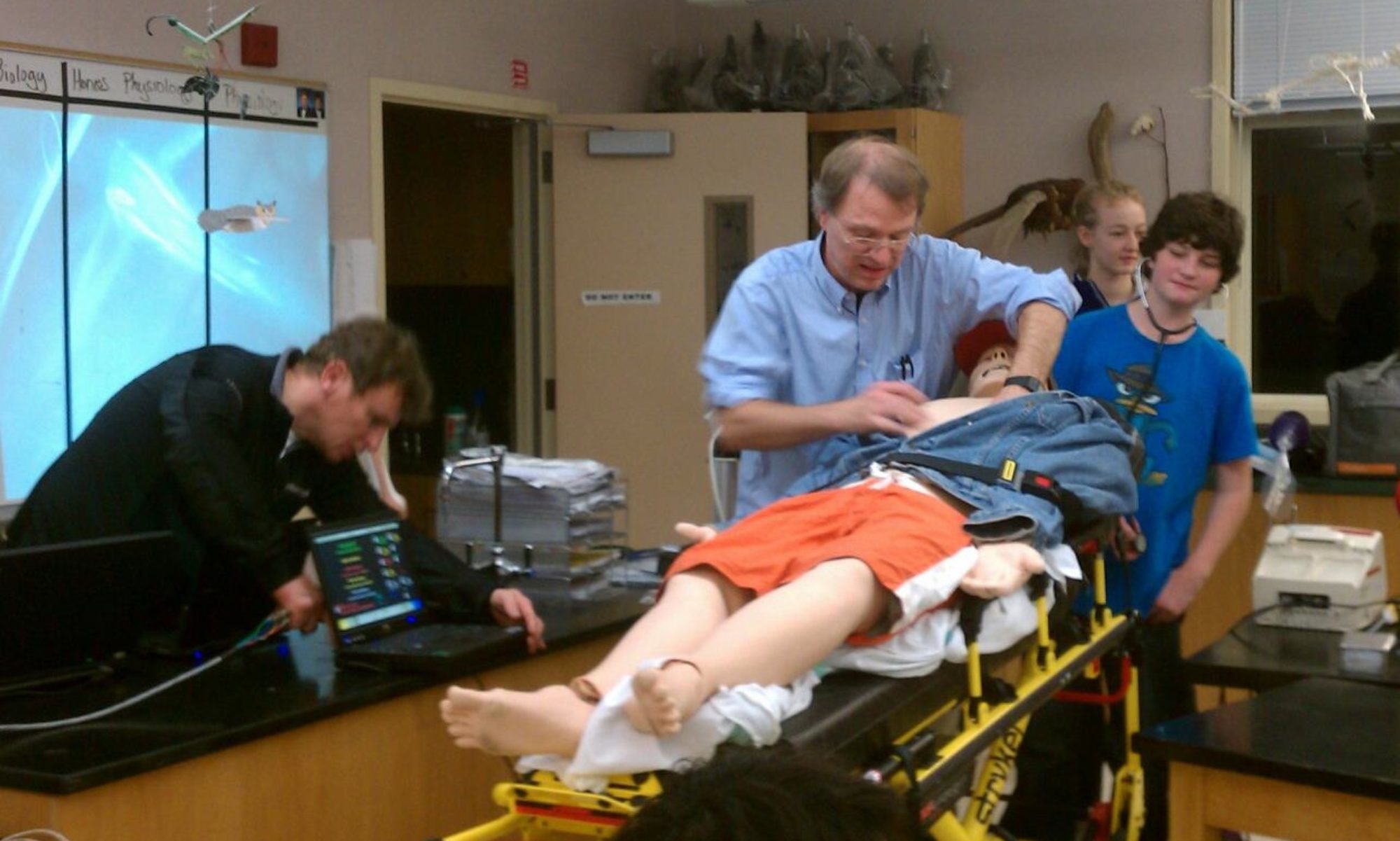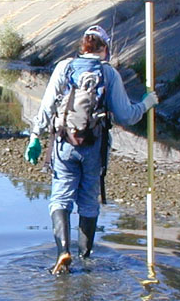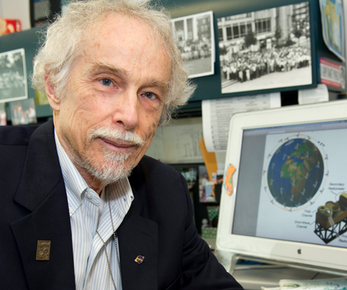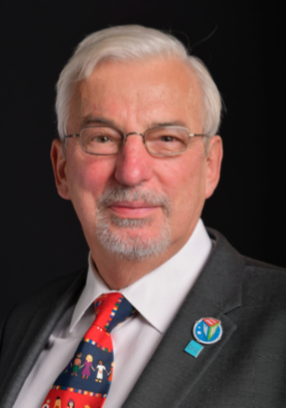with Terra Linda High School alum Ben Foehr
Wednesday, February 15, 2023, 7:30-8:30pm on Zoom (fill out contact form or ask your teacher for the link)
A Terra Linda High School alum working in STEM presents about his career path. With Ben Foehr (TLHS 2018, Aerospace Engineering)

“Path to the Stars: Exploring BioAstronautics” with Ben Foehr of Laboratory for Atmospheric and Space Physics, Boulder CO
Right now, we’re at the dawn of a new space age. As humanity prepares to return to the moon and beyond, one might ask: how can I be a part of this? Join Ben Foehr, BS in Aerospace Engineering and Grad Student studying Human Spaceflight at CU Boulder, for a look into the twists and turns this journey has in store, and, more importantly, how we can reach the stars!

Ben Foehr grew up in San Rafael, graduating TL in 2018. As a student he was a sprinter on the track team, a lawyer for TL’s mock trial team, and an intern for the Marin Science Seminar. In 2022 he graduated CU Boulder with a bachelors in Aerospace Engineering, and is currently studying there for his masters in BioAstronautics. He has worked on Cubesats, Sounding Rockets, and proprioceptive function research for astronauts. He currently lives in Broomfield, Colorado with his partner and two cats.
Link: https://lasp.colorado.edu/home/
Wednesday, February 15, 2023, 7:30-8:30pm on Zoom (fill out contact form or ask your teacher for the link)





